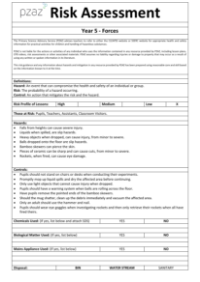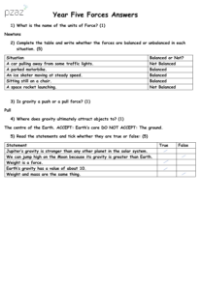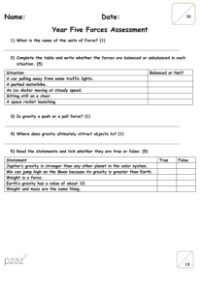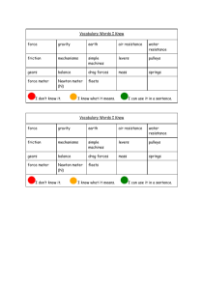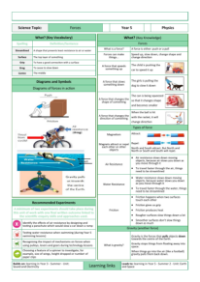Forces - Keywords
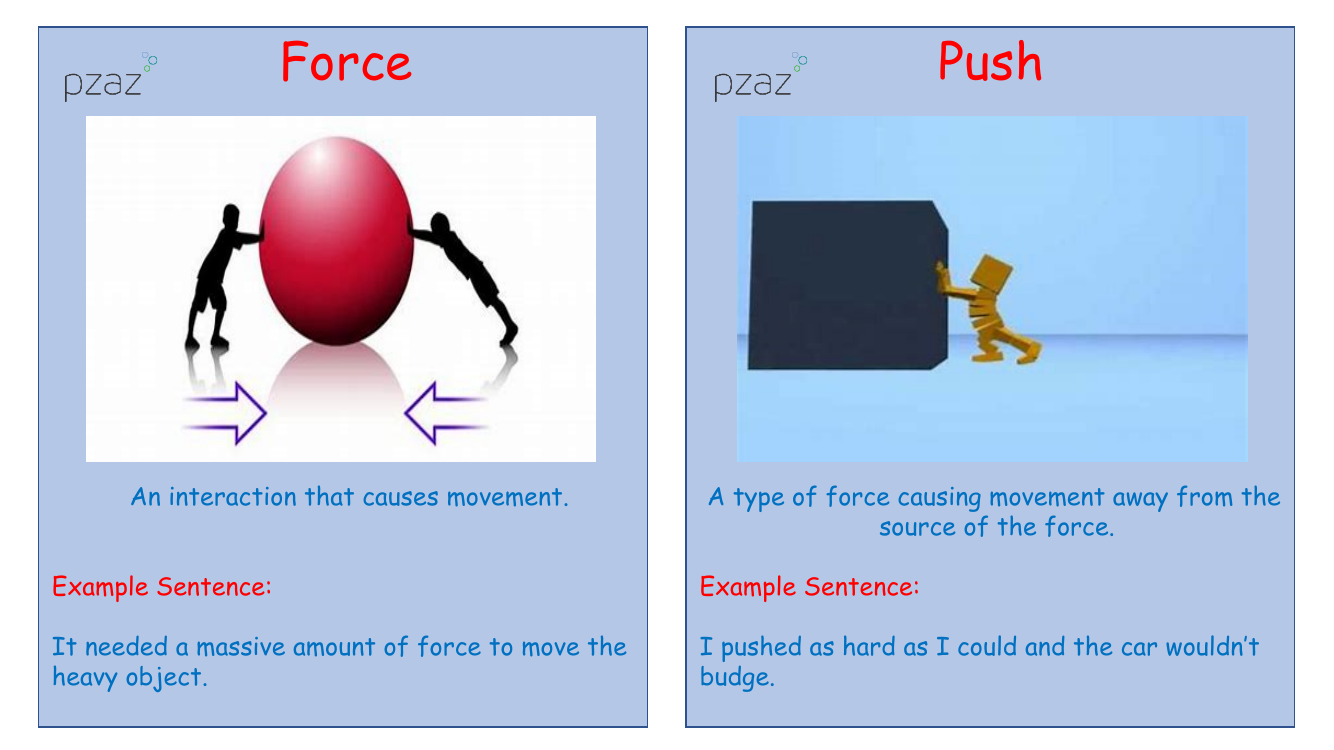
Science Resource Description
In the study of physics, a force is defined as an interaction that causes movement. For instance, moving a heavy object may require a massive amount of force. One type of force is a push, which results in movement away from the source, such as pushing a car that refuses to move. Conversely, a pull is a force that causes motion towards the source, often requiring considerable force to move an object. Another variant is a twist, which involves motion that turns, like using a screwdriver to twist a screw into a wall.
Forces can be categorized based on whether they require physical contact. A contact force necessitates direct interaction between two objects, like the pressure exerted when two surfaces meet. In contrast, a non-contact force does not require touching, such as the force of magnetism. Friction is the force between two surfaces in contact, which can generate heat, as seen in the tyres of a Formula 1 car. Gravity is a universal pull force, with larger bodies like Jupiter exerting a stronger gravitational pull than Earth. Air resistance and water resistance are types of frictional forces encountered by objects moving through air or water, respectively, and can significantly affect the speed of vehicles like cars and speedboats.
Machines are devices that make physical tasks easier, ranging from simple tools used for thousands of years to complex machinery developed in the 18th century. A lever is a simple machine consisting of a rigid bar and a fulcrum, used to move heavy loads. A pulley involves a grooved wheel and a chord to facilitate the lifting of weights, while gears are interlocking toothed wheels that can modify the magnitude of a force, useful in situations like cycling up a steep hill.


